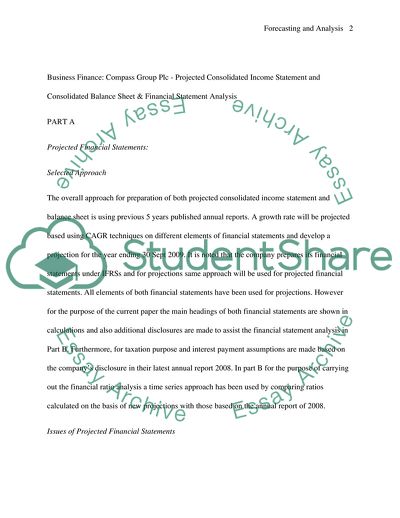Cite this document
(Financial Forecasting for Compass Group Plc Case Study, n.d.)
Financial Forecasting for Compass Group Plc Case Study. Retrieved from https://studentshare.org/finance-accounting/1722940-financial-forecasting-compass-group-plc
Financial Forecasting for Compass Group Plc Case Study. Retrieved from https://studentshare.org/finance-accounting/1722940-financial-forecasting-compass-group-plc
(Financial Forecasting for Compass Group Plc Case Study)
Financial Forecasting for Compass Group Plc Case Study. https://studentshare.org/finance-accounting/1722940-financial-forecasting-compass-group-plc.
Financial Forecasting for Compass Group Plc Case Study. https://studentshare.org/finance-accounting/1722940-financial-forecasting-compass-group-plc.
“Financial Forecasting for Compass Group Plc Case Study”. https://studentshare.org/finance-accounting/1722940-financial-forecasting-compass-group-plc.


